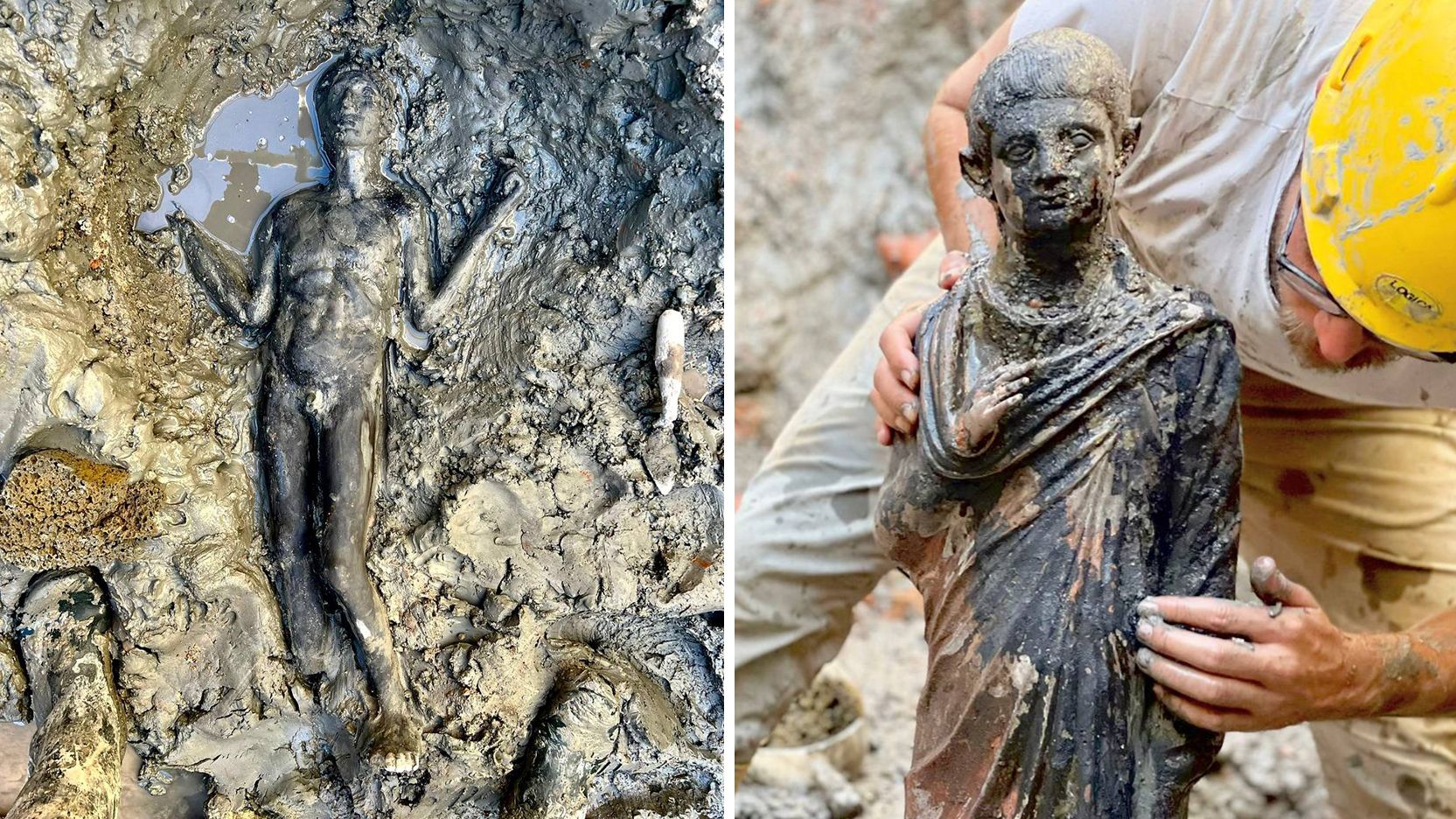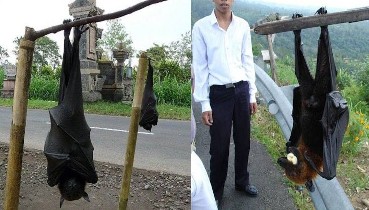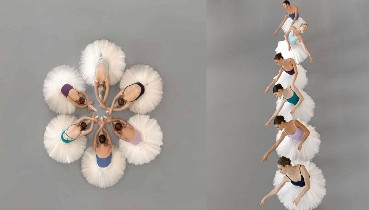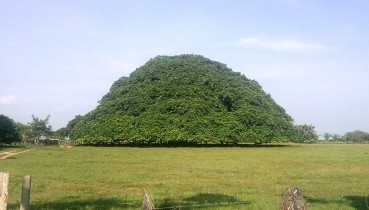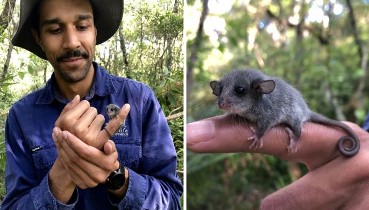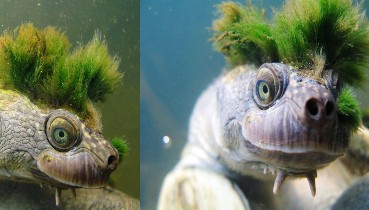ROME — Italian archaeologists are hailing a recent discovery as the "most exceptional" in the last half-century. They believe it could rewrite the history of the relationship between the Etruscan and Roman civilizations.
Over a period of a few weeks in September and October, a team of archaeologists unearthed two dozen bronze statues of human figures, more than 2,000 years old and perfectly preserved in the hot mud and waters of an ancient, sacred pool.
The site is the hot springs of the Tuscan town of San Casciano dei Bagni — San Casciano of the Baths, one of many picturesque hilltop towns towering over lush green valleys dotted with majestic cypress trees.
But in the third century BCE, this place had a unique attraction: the ancient Etruscans built a sanctuary at the local hot springs that later gave the town its name.
The Etruscans lived and thrived for 500 years in what today is central Italy — the regions of Tuscany, Umbria and Lazio — before the establishment of the Roman Republic in 509 BCE, after the last Etruscan king who had ruled Rome was overthrown.
Roman art and culture were highly influenced by the Etruscan civilization, which ultimately was assimilated into the Roman Empire.
The valley just below the town has 42 sources that provide one of the largest flows of thermal water in Europe, says Ludovico Salerno, a member of the local archaeological association that has participated in the excavation work.
Standing on the edge of the excavation site of the ancient spa and pointing to water gushing in from an underground canal, he says, "This source is the most powerful in San Casciano. Every day it pumps out hundreds of thousands of gallons of 105-degree water."
Starting in 2020, funded by the San Casciano dei Bagni municipality, archaeologists unearthed a large marble pool of the ancient sanctuary. It was decorated with fountains and altars to the gods Apollo, his son Asclepius and Asclepius' daughter Hygeia — whose name is the root of the English word hygiene.
The Etruscans had adopted their religion from the Greeks and key elements of the Etruscan religion were later adopted by the Roman Senate.
When the Romans later enlarged the sanctuary and made it more opulent, historians say a frequent visitor was the Emperor Augustus.
But this site, says Salerno, was not meant for recreation.
"The pool was a sacred place, only the religious custodians could bathe there. Sick people came to the sanctuary in the hopes of being cured and would offer gifts to the gods. It was a place of suffering, and it was a place of hope."
The first finds were coins and small votive offerings representing body parts in need of healing — ears, feet, torsos, and the like.
Then, this fall, two years after the excavation began, the team of archaeologists found two dozen bronze statues, some three feet high, perfectly preserved by the mud and water at the bottom of the large pool.
They include a sleeping adolescent male — known as an ephebe — lying next to a statue of Hygeia, with a snake wrapped around her arms.
Archaeologist Emanuele Mariotti, the fieldwork manager who oversees the excavation site, says finding so many objects in their original site provides a unique historical context.
"This is not only the discovery of the statues and small and big bronze and coins and ... architecture. Everything must be in the right place with the right things around," says Mariotti. "This is the context. The context could tell us the real history and all the history about this place."
Mariotti and his colleagues believe that in antiquity, there probably was a blacksmith on site, where people seeking cures from the gods could have their votive offerings forged in bronze. And researchers found bronze depictions of internal organs — what Mariotti says amount to unique early versions of X-rays: "Something like X-ray but in bronze, a picture of the [insides of the] body in bronze."
Asked if the anatomical details are accurate, Mariotti replies, "So accurate... really scientific accurate, really."
The new discoveries also shed light on what the Italian Culture Ministry describes as a "unique multicultural and multilingual haven of peace" between Etruscans and Romans at a time when the rivals were mostly at war.
And scholars, says Mariotti, could rewrite the history of the transition from the Etruscan civilization to the Roman Empire.
"We can describe all the life, day by day here, through four or five centuries, so this is incredible," he says.
But for all the new information coming out of the San Casciano dei Bagni sanctuary, there's one big mystery: Why didn't the Christians destroy this site — or convert it into a church — as they did with so many pagan temples?
Researchers have determined that around the year 500 CE — some two centuries after Christianity had become the official religion of the Roman Empire, which by this time was waning — the sanctuary was dismantled piece by piece. The statues were laid at the bottom of the big pool, covered and sealed with columns and large slabs of marble. It was the burial of a civilization, says Mariotti, performed with "pietas" – the Latin word for respect and family devotion.
Excavation at the sanctuary will resume in the spring. The statues — now being studied at the restoration institute of the town of Grosseto — will eventually be displayed in a new museum to be built in San Casciano dei Bagni.
9(MDAxODY0MDAwMDEyMTc4OTUzNDk4N2M1NA004))

